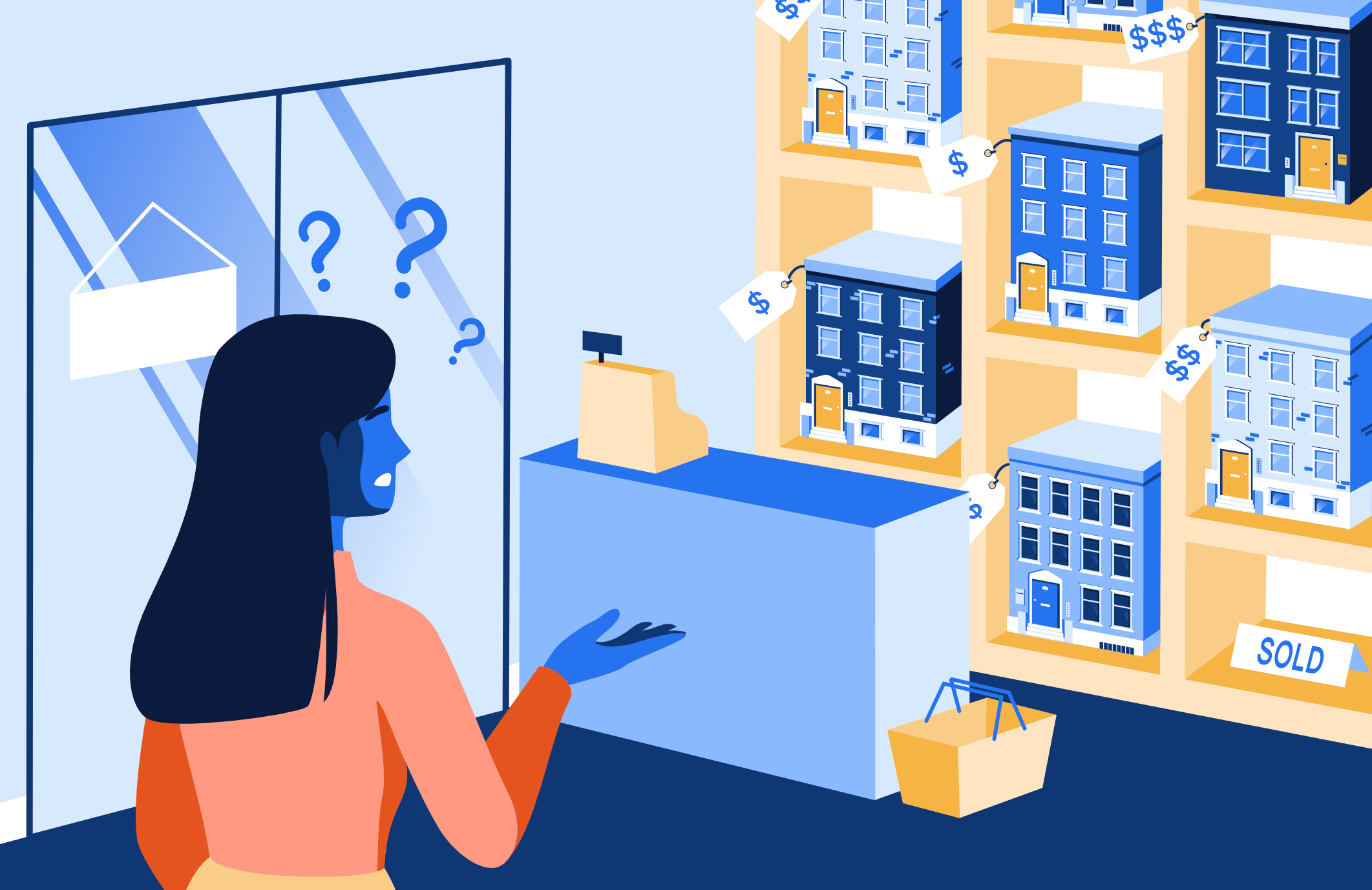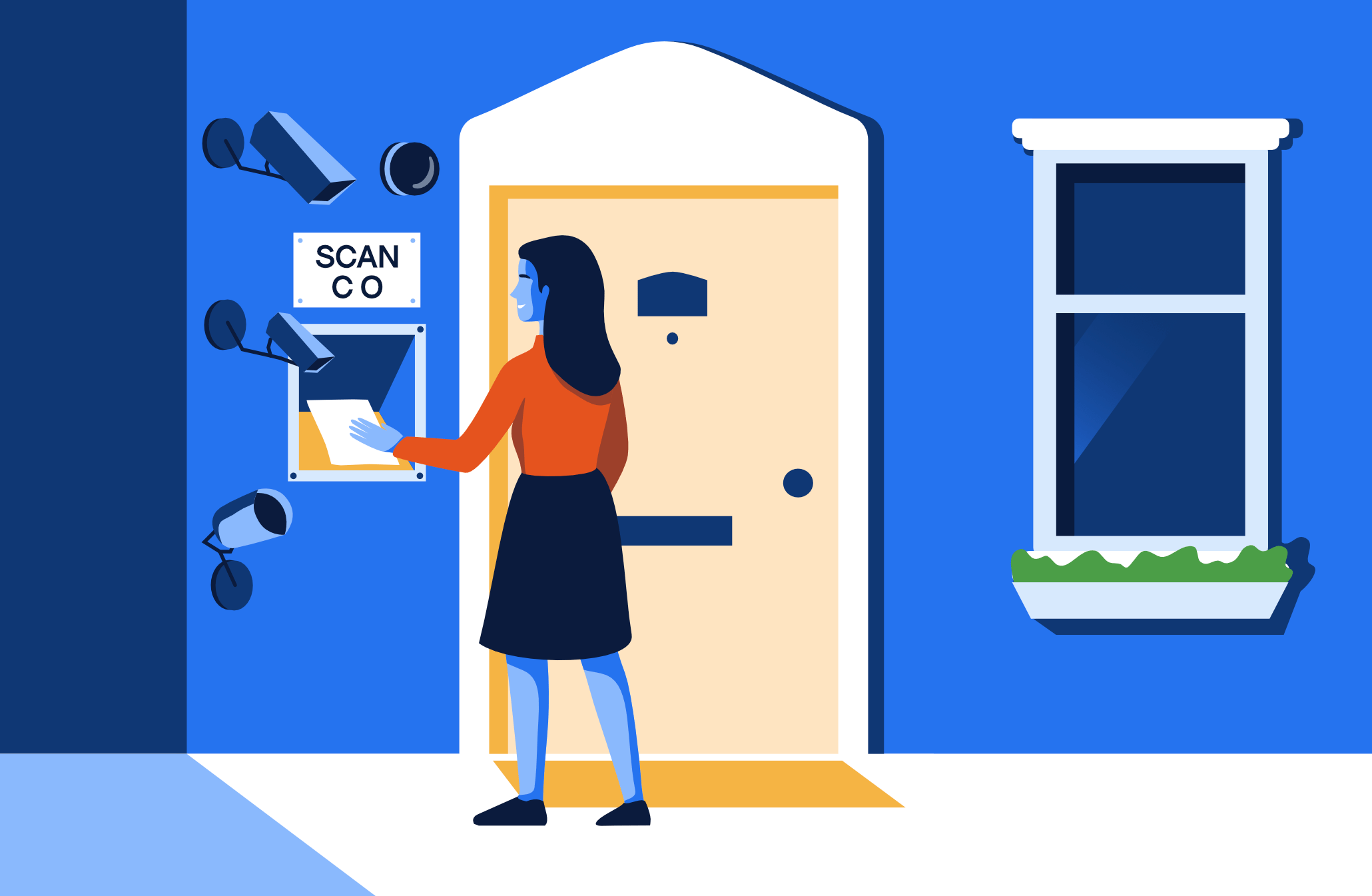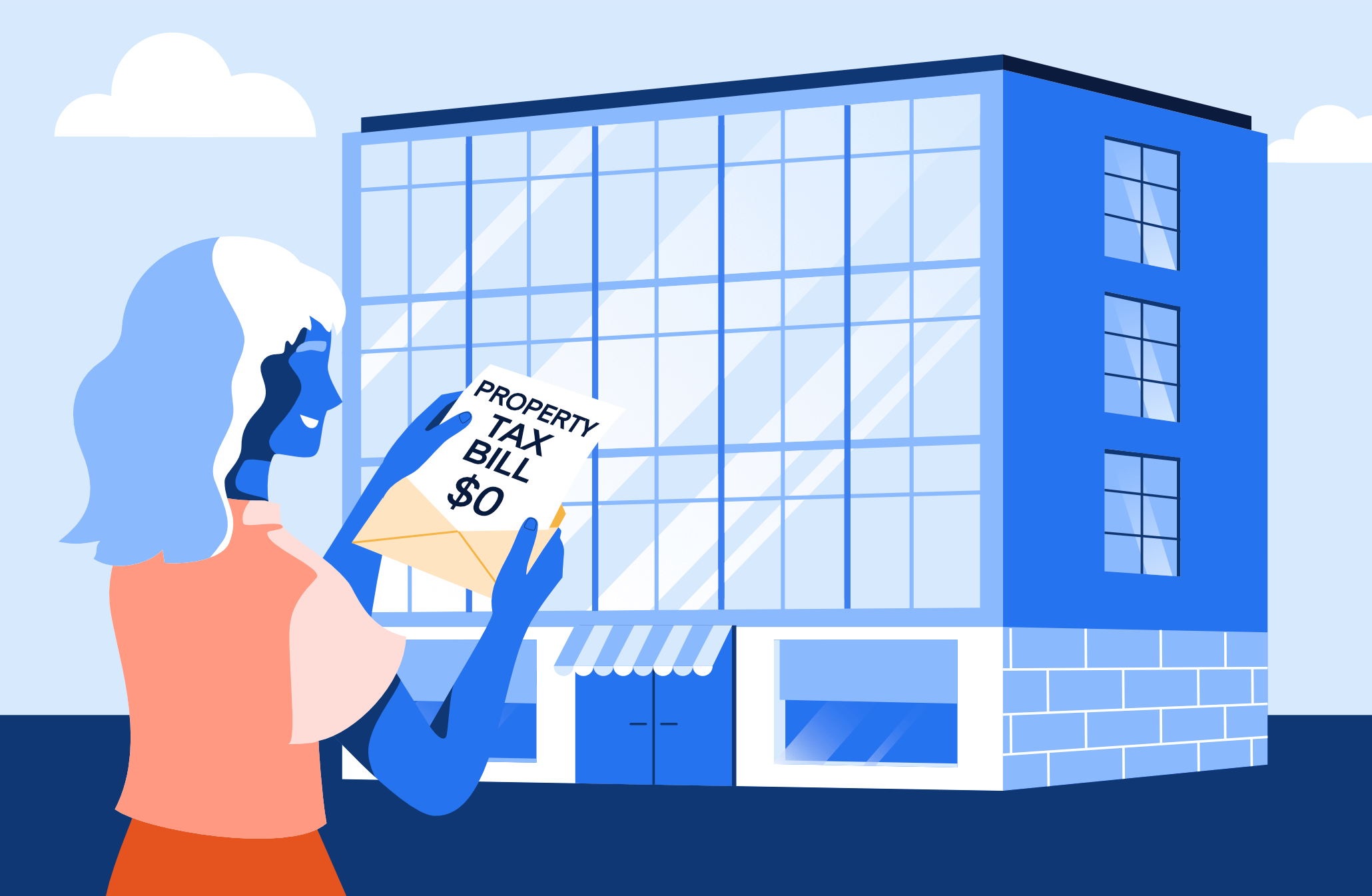Buying a NYC townhouse is significantly more complicated than buying an apartment. There are many more variables, more things that can go wrong and, of course, prices are generally higher.
If you don’t know what you’re doing, you can easily end up overpaying for a lemon so it’s extremely important to check all the boxes before buying a NYC townhouse.
NYC Townhouse Data is Terrible
The fundamental problem you’ll run into when buying a NYC townhouse is that the data is terrible. Even something as fundamental as square footage can’t be used without some scrubbing.
This is because NYC townhouses are so old that there are few official records. It’s not like a condo where every building has an offering plan that’s evaluated and approved by the Attorney General’s office with accurate details on every unit.
Townhouses also don’t have management companies to keep track of everything that’s going on in the building and so after you reach an accepted offer, you’re on your own when it comes to due diligence.
You need to bring in the right experts and ask the right questions before signing a contract. Having the right team - real estate agent, attorney, lender and inspector - is critical to make sure you navigate the process successfully. They’ll help you ask the right questions and get reliable answers.
Valuing a NYC Townhouse is Difficult
Every property valuation is based on comparable sales or “comps.” In order to figure out what a property is worth, you look at what similar properties have sold for recently.
If you’re buying a co-op or condo, you often have more and better data to work with. For example, if you’re considering #7A and #6A sold last month, you have a pretty good idea what it’s worth. You’ll need to adjust for condition, the floor, light, etc but generally it’s the same apartment and should be similar in value.
Townhouses however, never have perfect comparisons and there are many more variables at play.
Even the data that is provided can be incorrect or misleading so you need to work with a real estate agent who knows which questions to ask.
For example, an inexperienced buyer agent might simply take the stated square footage, compute a price per square foot and compare it to a few houses that sold nearby. This super high level analysis could leave you dramatically overpaying - more on that below.
Width is Incredibly Important for NYC Townhouses
Every buyer knows about price per square foot - all else equal, a bigger property is worth more - but arguably more important for NYC townhouses is width.
NYC townhouses generally have long, rectangular footprints. A typical footprint is about 18’ wide x 40’ deep. You might think going from 18’ wide to 20’ wide would increase the value commensurately - about 11% - but that extra width is much more valuable.
When you expand the width of a townhouse, there are two significant benefits.
The first is that the usable square footage increases more than the total square footage because the staircase and walls eat up a lot of space.
Extra width also allows for more and bigger windows, dramatically increasing the amount of light. Narrower townhouses usually have just two windows in the front and two windows in the back and can get pretty dark, especially in the middle.
Simply put, if you’re not taking width into account when valuing a NYC townhouse, you are missing a huge driver of the value.
NYC Townhouse Square Footage is Still Important!
Obviously square footage is still very important and needs to be considered when you’re buying a NYC townhouse but you need to make sure it’s accurate.
The most reliable information will come straight from the city. On the Department of Finance’s website, you can look up any building and get its dimensions. For more information on how to look up a building, check out the instructions in our property tax bill post.
Once you’ve pulled up a building, click the most recent link under “Market Values & Assessments” and then look for the section titled “Land Information.” There you’ll find the city’s official measurement of both the house and the lot on which it sits.

These are the dimensions of the entire building, including the walls so it’s worth reemphasizing how important width is. The walls, just like the stairs, are generally the same for all properties so wider buildings have disproportionately more usable square footage.
Most NYC townhouses are rectangles so this approach is pretty straightforward but in some circumstances, you’ll encounter oddly shaped buildings or those where floors or extensions have been added. In these cases, you’ll have to take a closer look to determine what exactly is being measured.
Side note - on the Department of Finance’s website, you’ll also see the lot size. That’s important but on a given block or even in the neighborhood, lot size is often uniform and it becomes a wash.
Basements versus Cellars
When you’re calculating a NYC townhouse’s square footage, you also have to take note of the bottom floor.
A lot of people, including agents, will use “basement” and “cellar” interchangeably but according to NYC, a basement is at least half above ground and a cellar is more than half below ground.

Putting the detailed occupancy rules to the side, the main thing you should care about as a buyer is simply how nice the bottom floor is. Some are completely below ground with low ceilings and can only be used for storage. Others are mostly above ground with reasonable windows and can be used as a pleasant living space.
The point is, you need to adjust for this when valuing a NYC townhouse.
When Yoreevo is looking at the comps for a townhouse, we look at the previous listings or Google Maps to see how many floors are fully above ground and then add discounted credit for the bottom floor depending on how nice it is.
Layouts and Usability Vary for NYC Townhouses
Just like co-ops and condos, the usability of a NYC townhouse is arguably more important than its size.
For an extreme example, just look at 75½ Bedford Street, also known as the narrowest house in NYC at just 9’ 6” wide. At first glance, a townhouse in the West Village for about $4,000,000 might seem like an incredible deal but when you have under 10 feet to work with and a lot of that is eaten up by the staircase and walls, you don't have much room to maneuver. In fact, the interior rooms are only 8’ 3” due to the walls themselves.
Another example nearby that Yoreevo visited with a buyer is 58 Downing Street. On top of being on the narrower side at 16.5’, the kitchen was in the front on the first floor and the “dining room” was in the back on the second floor. Not ideal to say the least.
Conversely, corner lots are extremely valuable because they allow for windows along the long side of the building, adding light, functionality and additional bedrooms.
Due Diligence Quirks
After you reach an accepted offer, the due diligence process on a NYC townhouse is quite different from that on an apartment.
If you’re buying a co-op or condo, you’ll have a whole layer of building analysis to gauge the financial and structural health of the building.
But with a NYC townhouse, it’s pretty simple - you’re buying the building and everything that comes with it.
Since there’s no real oversight around the use of a NYC townhouse, a lot of quirky situations can come up.
For example, without a superintendent or maintenance staff, the property could be in terrible condition. And without a management company or board, the layout could have been changed illegally by violating building codes or simply not receiving the proper permits. A common example of this is illegally adding a basement apartment.
You can find a lot of information about the property on NYC’s Building Information Search such as outstanding permits, complaints and a copy of the building’s certificate of occupancy (should it exist).
On the other hand, you could discover unknown benefits like additional FAR that could increase the size of the home in the future.
And then there’s physical due diligence, i.e. an inspection. Unlike co-ops and condos where there isn’t too much that can go wrong and a lot of buyers don't do an inspection, you’ll always do one on a townhouse. This is because when you buy a townhouse, you’re buying everything - the roof, foundation, boiler, etc - and repairs can get expensive so you need to know of any issues before you go into contract.
Most buyers just do a general inspection and then follow up with specialized inspections like one for termites or structural integrity as needed.
NYC Townhouse Maintenance Expense
It can be very tempting to fall for the low carrying costs of a NYC townhouse but you need to be careful not to get carried away.
Property Taxes - You’ll without a doubt save on property taxes because of the way property tax bills are calculated for townhouses versus apartments. Property taxes on townhouses are significantly lower than co-ops and condos, even when the property values are similar.
For example, to pick on 58 Downing Street again, its taxes are about $2,100 per month. If we go a few blocks away and look at the new condo building 160 Leroy Street, #8NC recently sold for about the same price and its taxes were over $3,000 per month.
In Brooklyn, the differences can be even more stark where $2-3 million townhouses routinely have monthly property tax bills of ~$500 per month.
As a townhouse owner, you will miss out on the 17.5% co-op condo abatement but that won’t close the gap.
Common Charges - Of course there are no common charges when you buy a NYC townhouse. While a co-op or condo building will (or at least should) accrue for future repairs by establishing a reserve fund, townhouse owners can roll the dice but eventually the bill comes due. Roofs, boilers, facades, etc are expensive and need to be repaired at some point.
A good rule of thumb is to reserve 1% of the property’s value for maintenance and repairs each year. That way, when the roof does need to be replaced, you’ve set aside the money and can pay for the repair out of reserves.
You’ll probably also want to hire someone for routine maintenance on the home and to make sure you are taking proper precautions to get the most out of your existing infrastructure. They will also be able to alert you when something can be fixed and when it needs to be replaced before it becomes an emergency.
NYC Townhouse Buyer Closing Costs
Buying a NYC townhouse comes with a lot of closing costs. For a detailed breakdown of what to expect, check out our buyer closing cost blog post. You can also get an estimate for your closing costs using our buyer closing cost calculator.
While the bill will vary depending on the price and whether you’re financing, most buyers are looking at a total closing cost bill of around 3-4% of the purchase price.
A great way to offset these closing costs is get a commission rebate! By using Yoreevo as your agent, not only will you work with an agent with tons of NYC townhouse experience, you’ll also get NYC’s largest commission rebate, averaging more than $24,000, back at closing.
You can even reach out to me, the author of this post, at james@yoreevo.com, and I’m happy to answer any questions you have about the NYC townhouse buying process, Yoreevo and anything else that’s on your mind!



